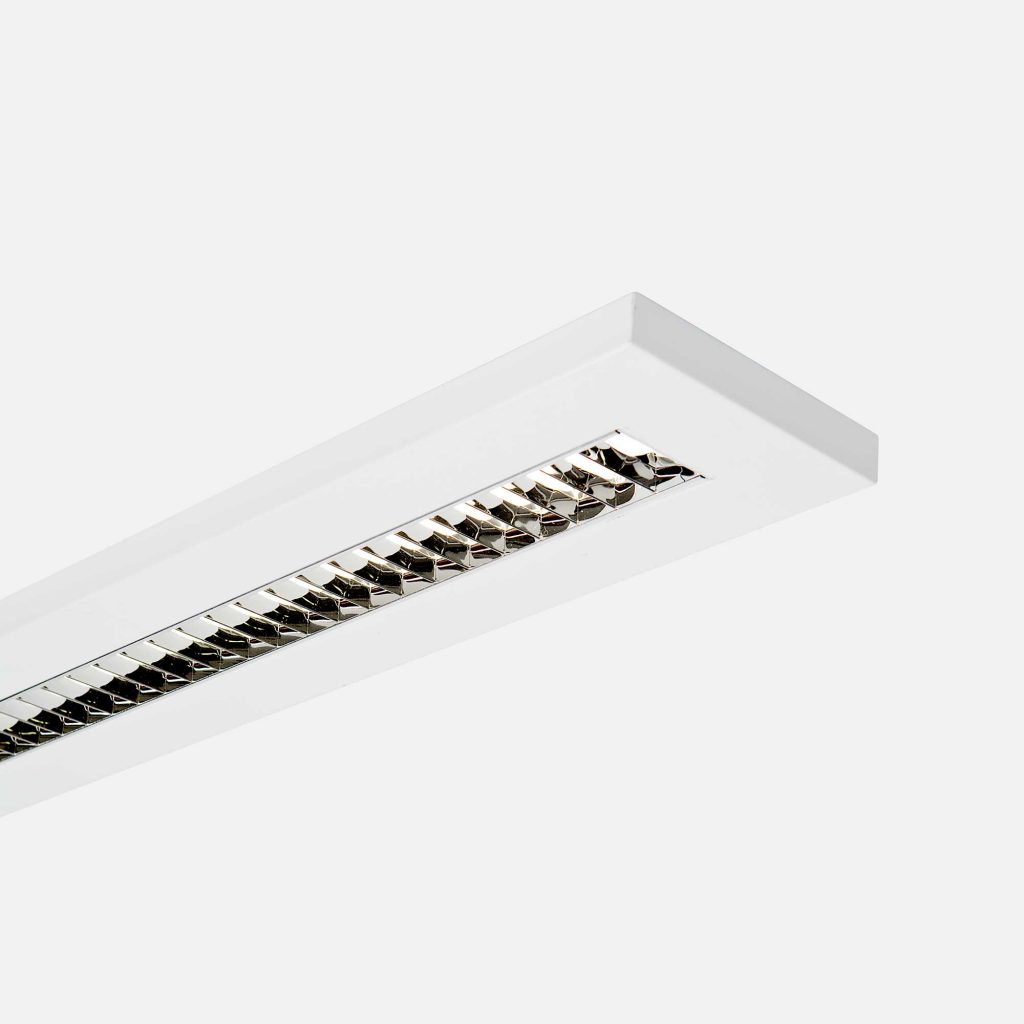Lighting for Education
Light and learning have long been recognised as complementary elements. With up to 80% of our information obtained visually, it is essential that centres of learning are lit optimally.
Good lighting prevents common problems such as eyestrain and headaches and creates an atmosphere of wellbeing that encourages intellectual, practical, and physical education.
With an extensive portfolio of educational institutions to our credit, RIDI Group has been among the leading providers of light to UK schools and colleges. Our comprehensive experience and wide range of products for lighting and control enable us to deliver precise illumination levels to suit many and varied learning activities – even within a single room. Our expertise also covers the requirements of pupils with special needs.
We offer cost-effective designs that recognise trends in education – such as the universal use of teaching aids, including computers, digital projectors, and interactive whiteboards. We also facilitate compliance with legislation on lighting and energy efficiency, making RIDI Group your ideal partner for both new-build and refurbishment projects.
What makes good lighting?
Good lighting means adequate light for the immediate task, without interference from glare or shadows.
Natural daylight offers many economic and environmental advantages – but its quality varies, sometimes unpredictably, with the time of day, the weather and the season. So modern schools are designed to maximise their use of daylight, recognising that it has to be supplemented by artificial lighting. As a leading designer and supplier of school lighting installations, RIDI Group focuses on delivering the quality and quantity of light needed to supplement nature on dull days and to produce ‘daylight’ levels after dark.
Our systems provide the right amount of light for learning spaces and other areas of a school or college. Where illumination needs to change to suit different lessons, we fit controls which deliver optimum lighting. We can also integrate sensors which increase the light output as daylight fades.
Regulations and solutions
Lighting designs for schools have to meet regulated standards contained in
- Building Bulletin 90: Lighting Design for Schools;
- Building Bulletin 87: Guidelines for Environmental Design in Schools;
- Building Bulletin 77: Designing for Pupils with Special Educational Needs and Disabilities in Schools
- Part L of the Building Regulations: Conservation of Fuel and Power.
The Chartered Institution of Building Services Engineers Code for Lighting and the CIBSE Lighting
Guides define the maintained illuminance levels in terms of the British and European standard BS EN 12464-1.
Lighting design
- BB90 and BB77 include maintained illuminance requirements for lighting in each type of area in a school.
- BB77 includes additional requirements for schools with SEN provision.
Environmental issues
BB87 and Part L 2A and 2B define lighting efficacy requirements, but also stress the need for controls to avoid unnecessary lighting when daylight is adequate or when spaces are unoccupied.

Lighting Control and Energy Saving
The simple act of turning off a light when it is not needed contributes to energy savings. When this is multiplied for a period of time across a school or other large installation the savings can become substantial.
Modern intelligent lighting controls automate the energy saving process by sensing both the level of available natural light and any movement within the space. This ensures that the lights are only activated when needed and light the area to the correct level. While energy savings are extremely important, lighting also has a key role in creating the best learning environment for students.
Class Control
RIDI’s Class Control technology gives teachers the ability to vary the lighting for comfort, optimising the the learning atmosphere as well as minimising visual health risks. Our Class Control system consists of two or more pre-set lighting patterns providing flexibility to ensure optimum conditions for various activities such as desk work, viewing an interactive whiteboard or watching a demonstration. As the work pattern changes the teacher simply has to press a button to select the pattern required.
RIDI Group Education Projects

Cass Business School

Chancellors Building, Bath University

City University London






